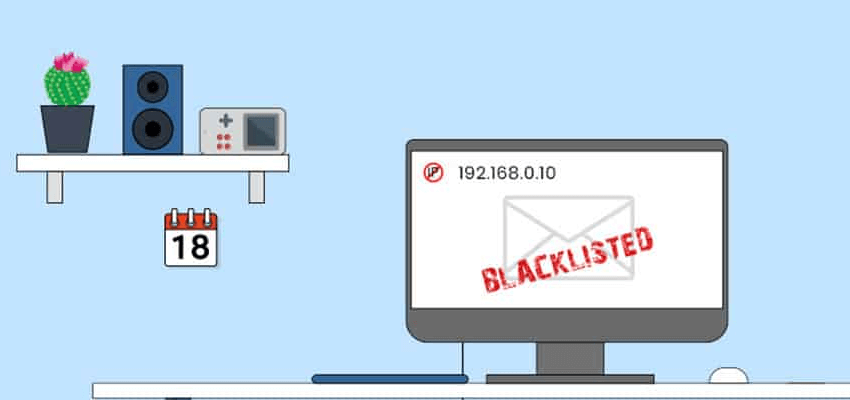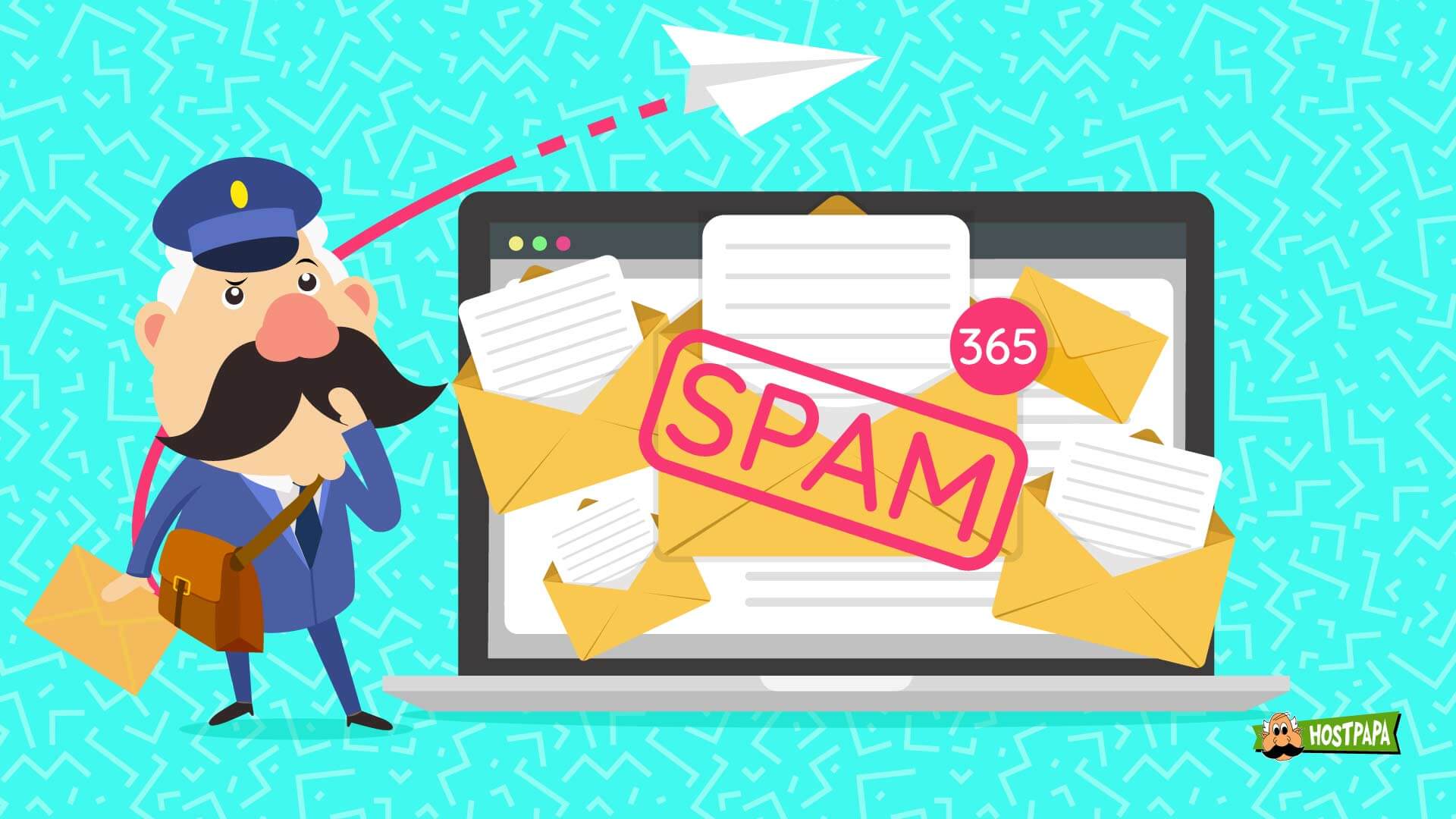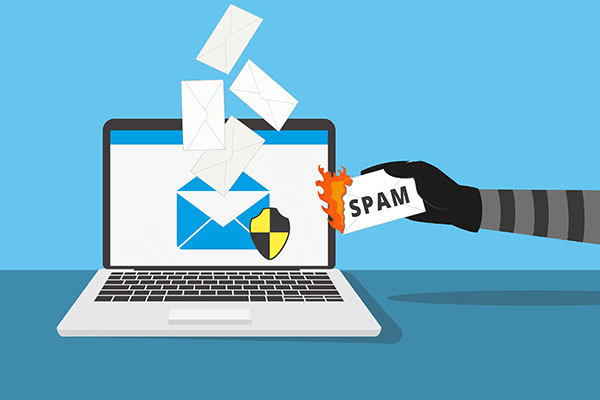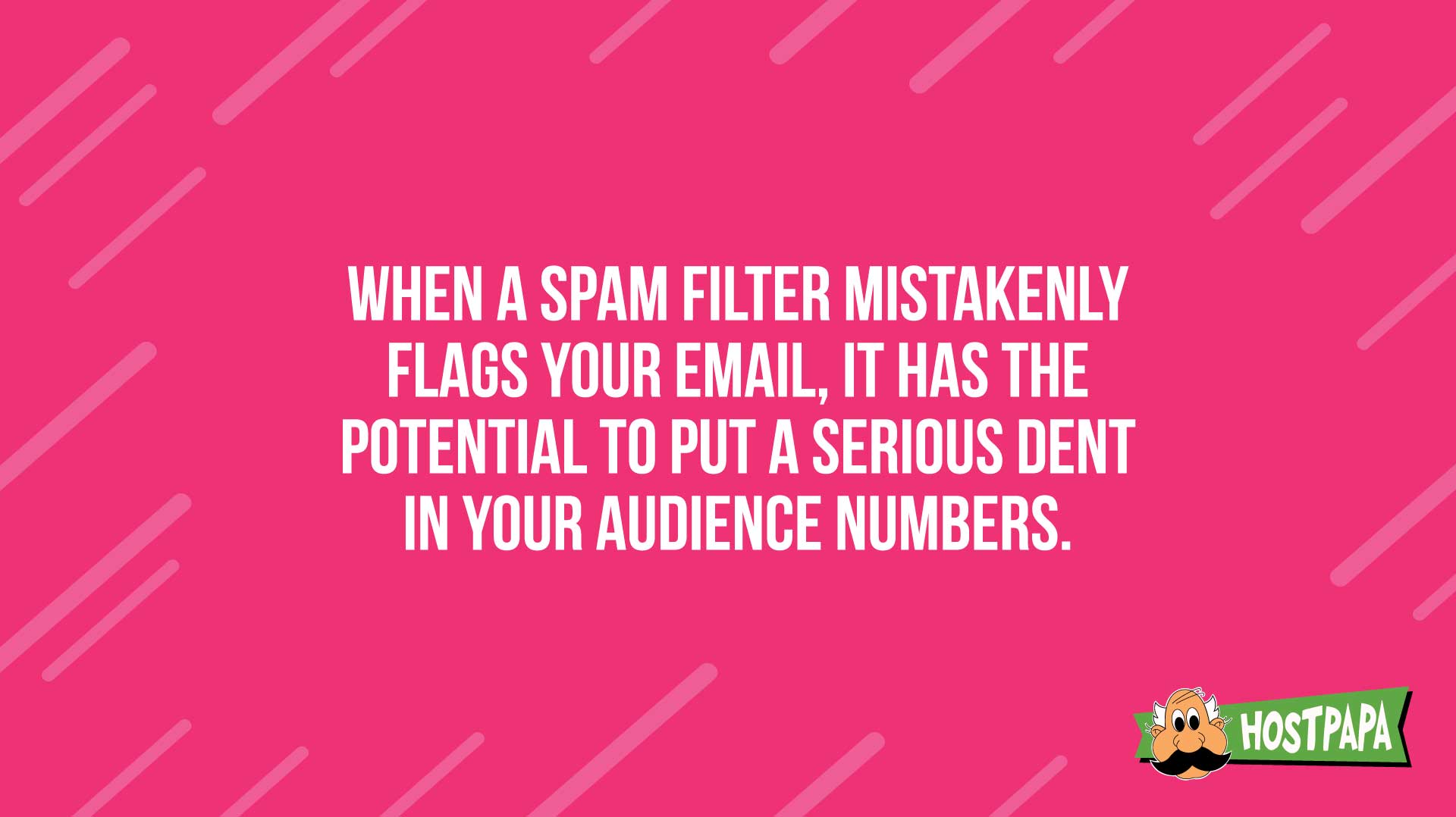At some point, almost every website owner will want to run an email campaign to help promote their site or business. It’s a great way to get the message out to as many people as possible, but it’s not as effective as it used to be.
Why? The answer is spam filters.
Spam filters have been designed to flag and remove suspicious emails that could be part of a scam or a means of delivering malware, and sometimes, these filters might mistakenly see your emails as a threat.
When a filter incorrectly identifies your email as spam, this has the potential to put a serious dent in your audience numbers. Many people on your email list might never even receive your promotional emails again.
In this blog post, we’ll look at nine ways to improve your email marketing strategy so your messages won’t get caught in the spam filtering algorithms and land in the recipient’s spam folder.
- Make Your Email List Organic
- Write Email Content with Spam Filters in Mind
- Email Your Subscribers – You Have Their Permission
- Let Subscribers Leave If They Want To
- Keep Your Email Marketing Strategy Fresh
- Get Your Email Whitelisted
- Self-Test to Verify that Your Email Won’t Land in a Spam Folder
- Be Honest in Your Emails
- If You Get Blacklisted, Clear Your Name
1. Make Your Email List Organic
It’s a common scenario – as a website owner with a great product or message, you desperately need to get the word out, but your email list needs to be updated. The few hundred email addresses accumulated organically over the years aren’t going to cut it.
You know a much wider audience could benefit from your message, so what’s the solution? If you’ve considered buying a list of email contacts, don’t do it.
Buying an email list is a problem for many reasons. It’s a cold call style of emailing, which can be seen as a spamming tactic. It can have adverse effects on your email address and subdomain. You might even be sending your emails to inactive email addresses.
You need to grow your user base naturally, emailing willing participants rather than just doing it randomly and hoping for a hit.
Building a mailing list organically sounds complicated, but it really isn’t. All you need to do is continue engaging with your users, fans, and customers just like you’ve been doing, but with a few small changes designed to grow your audience.
Social media platforms such as Twitter and Facebook are excellent ways to attract more people to your site. Once you’ve built an audience through organic interactions, you’re more likely to convert people into willing participants for your email campaigns.
2. Write Email Content with Spam Filters in Mind
Marketing has a language all its own, full of salesy clichés. Even if you resist, it’s easy to find yourself using some of the most worn-out pitches in your subject line.
Advancements in technology have enabled spam filters to find this kind of language in the subject lines or the email body. They use sophisticated algorithms to scan your email and determine what it’s about based on your wording. To put it differently, they look for spam trigger words like the ones we’ll talk about in a bit.
What does that mean for your content? Here are some useful pointers to think about the next time you find yourself crafting a campaign for your email subscribers:
- Avoid all caps
- Don’t overuse exclamation points
- Avoid words like “free,” “bonus,” or “sale.”
- Avoid clichés like “Act now!” or “Call us today!”
- Limit the use of images in your emails.
- Enable text alternatives for all your images.
These may seem like minor considerations, but addressing them will help your emails make it past spam filters and get to your valued users. In the beginning, you might find it difficult to shrug off old habits, but the long-term benefits are worth the initial effort.
3. Email Your Subscribers – You Have Their Permission
The best way to be sure that the people who receive your emails actually want to receive them is by restricting your email list to people who have subscribed. Your subscribers have given you permission to send them marketing messages.
Adding a Subscribe button to your site is a great way to attract subscribers, and having it in your email signature is smart, too.
If your brand is compelling and you regularly ask your audience to subscribe, you’re bound to start racking up more users, and it will happen as a normal part of your daily business activities.
4. Let Subscribers Leave If They Want To
It’s important to give people a way to unsubscribe from your emails.
Nobody likes feeling trapped, so you need to make unsubscribing as easy as subscribing. If your messages aren’t engaging your audience, then you owe it to them to have an opt-out feature.
If they can’t unsubscribe when they want to, users will become frustrated and will mark your email as spam. This will alert the spam filter, hurt your brand, and give you a reputation as a spammer.
Even if you have engaging emails, think about the frequency of your mailing routine. If your email schedule is too aggressive, you’ll end up annoying a large percentage of your audience. If people feel you’re sending too many emails, they’ll want a way to unsubscribe.
Giving users an easy way to unsubscribe, like an unsubscribe link, will help them avoid having their emails reported as spam.
5. Keep Your Email Marketing Strategy Fresh
The changing tastes of your audience and ever-evolving marketing trends make it crucial that you adapt your email marketing strategy to stay current.
The techniques that worked last year might not be effective anymore. You need to update your approach and always keep up with the latest techniques and trends in digital marketing.
You can start with really simple things. Check out your email metrics and look at how your campaign is performing. Find out what’s working by monitoring traffic levels after an email campaign. Keep the strategies that work.
Ditch the ones that don’t. If you find that you’re getting poor results, then you must change your techniques accordingly.Look at your email strategy with a critical eye. Be honest with yourself. If something’s not working, you need to acknowledge it as soon as you can and make necessary changes. Remember what Albert Einstein said, “Insanity is doing the same thing over and over again and expecting different results.” If your email marketing isn’t working, change your approach
6. Get Your Email Whitelisted
Getting on a user’s whitelist (their list of pre-approved email senders) is optional, but it can be highly effective in ensuring your marketing emails aren’t flagged as spam.
It’s OK to ask your users to add your email address to their whitelist. You can make the request a call to action in your email signature or somewhere prominent in your email that is easy for them to click on.
This does not have to be a desperate plea. You can make the case that if your fans wish to continue hearing from you, then whitelisting your email will be a massive help. It’s similar to how YouTubers always ask you to “like, subscribe, and hit the notification button” at the end of their videos
7. Self-Test to Verify that Your Email Won’t Land in a Spam Folder
Self-testing your email campaign means subscribing to your own emails to ensure they aren’t getting snagged by spam filters. You should sign up for your emails, enable a strict spam filter, and watch what makes it through.
It’s smart to constantly analyze the effectiveness of your email campaign so that you’re aware of its real-world performance. This helps you to prepare for major campaigns and specials that you plan to roll out.
If your campaign fails because you didn’t realize that all your emails are getting marked as spam, you’ll lose out on a great opportunity to reach a new audience. Or worse, if you pay for premium content and services to improve your email campaign, and then all your emails get caught by spam filters, you’ll have wasted your investment.
You should self-test often and make changes based on the results until you’re happy with the outcome.
8. Be Honest in Your Emails
You must make sure that all of your messaging is honest. For example, your subject line must accurately reflect the email content.
Avoid falling into the trap of writing a clickbait-style subject line for a message that doesn’t relate to that subject. Trying to fool users with a misleading subject will have them looking for the Unsubscribe button.
Another dishonest email tactic to avoid is masking your email’s routing details. Using an email persona is one thing, but pretending to be from a different domain to get around a blacklist, for example, is unethical. In some countries, it’s illegal.
Unethical practices like hiding your true email identity can get your brand into serious trouble and give you a reputation as a spammer.

9. If You Get Blacklisted, Clear Your Name
Sometimes, you can get blacklisted at no fault of your own. If you share an email server with a spammer, you can get your email address blocked. You’ll be viewed as guilty by association, just because of a shared domain.
Using a premium email service provider will help you avoid these kinds of spam complaints, so consider your options when setting up your email service provider.
Also, make sure you’re familiar with DomainKeys Identified Mail, the standard email authentication method used to verify the authenticity of email messages and their senders. DKIM works by adding a digital signature to the header of an outgoing message.
If the signature is valid, it confirms that the email originated from the claimed sender domain and has not been tampered with in transit.
If you’re wrongly blacklisted, there are ways to appeal. You can find out your current email status by using spam checkers or email checkers like mxtoolbox, which will give you a brief overview of your current reputation. If you start receiving notices that your emails have been rejected, you can quickly check on your status and take corrective action.
Keep Your Emails Spam-Free for Better Communication
As with most things related to digital marketing, executing an effective email campaign can be challenging. If you take a hard look at your current email marketing strategy, you can find ways to ensure that your emails will never be filtered out as spam and eventually land in spam folders.
When you make small changes to your messaging style, you’ll not only get past spam filters but also become a better communicator for your brand. Your email campaigns can be a game changer, helping to build relationships with your users and get you more business.
Looking for some great email hosting solutions? Check out HostPapa’s business email options that can work well with your web hosting account.







